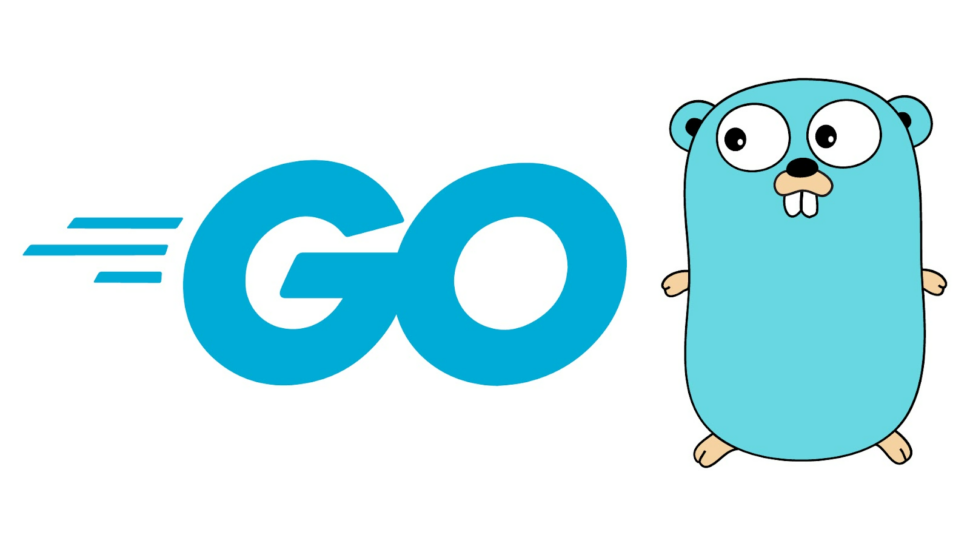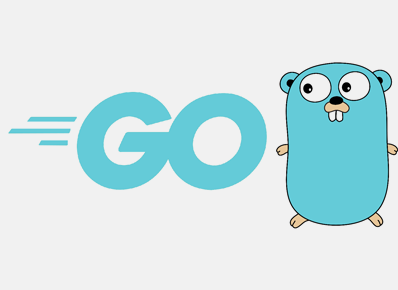
Golang, also known as Go, is a popular programming language known for its simplicity and efficiency. As with any language, it’s important to properly test your Go code to ensure it works as expected and to catch any potential bugs before they cause issues in production. One of the key features of Go is its built-in support for testing, which allows developers to write and run tests for their code easily and quickly. The testing package in Golang includes functions such as “testing.T” and “testing.B” ,which help in executing tests. In this blog post, we will take a look at the most commonly used Go’s testing framework.
Benefits of Golang Testing:
- Simplicity: Golang has a simple syntax and standard library that makes it easy to write and run tests. Its built-in testing framework provides valuable features such as test coverage and parallel execution, making testing a seamless process.
- Speed: Golang is known for its speed and efficiency, which is essential when running tests. Its fast compilation time and low memory footprint help to reduce the time taken for testing, allowing developers to test their codes faster and more frequently.
- Concurrency: Golang is designed for concurrency, which makes it ideal for testing codes that involve multiple threads or processes. Its Goroutines and channels provide a simple and efficient way to handle concurrency,making it easy to write and test concurrent codes.
Advantages of Golang Testing Over Java:
- Faster Compilation: Golang has a quicker compilation time than Java, which means that tests can be run more quickly. This is especially important while running large test suites or testing codes that involve complex algorithms or data structures.
- Better Performance: Golang is known for its superior performance compared to Java. It has a lower memory footprint and faster execution time, which can help to speed up the testing process and improve the overall quality of the code.
- Easier Concurrency: Golang’s support for concurrency is superior to Java’s. Its Goroutines and channels provide a simpler and more efficient way to handle concurrency, making it easier to write and test concurrent code.
- Simplified Syntax: Golang’s syntax is simpler and more concise than Java. This makes it easier to write and read tests, reducing the chances of errors and improving the overall quality of the code
How to Install Golang Testing:
Golang testing is built into the Go programming language, so there is no need to install a separate testing package. However, some tools and frameworks can make writing and running tests in Golang easier. Here’s how to get started with Golang testing:
- Installation of Go: For installing the Go on a computer, download the latest version from the official website – https://golang.org/dl/. Follow the installation instructions as per the operating system.
- Write a Test: Once you have installed Go, you can start writing tests. Create a new file along with the following suffix “_test. go” to indicate that it contains tests. In this file, you can write functions that start with the word “Test”. For example:

This test checks that the result of adding 1 and 1 is equal to 2. If the test fails,an error message will be received.
- Run Tests: To run the tests, open a terminal or command prompt and navigate to the directory that contains the test file. Then, enter the following command:

This command will compile and run all of the tests in the current directory. If any tests fail, the output will indicate which tests failed and why.
That’s it! You now know how to install and use Golang testing. Remember, Golang testing is built into the language, so there is no need to install anything extra.
Most Commonly Used Golang Testing Frameworks:
- GoConvey: GoConvey is a popular Golang testing framework that provides a simple and intuitive way to write tests. It includes a web-based user interface that displays the status of all tests, making it easy to identify failures and errors. GoConvey also supports integration with other Golang testing frameworks such as Ginkgo and Gomega.
- Ginkgo: Ginkgo is a Behavior Driven Development (BDD) testing framework for Golang. It provides a syntax that is easy to read and write, making it a popular choice among developers. Ginkgo also supports parallel test execution, which can speed up the testing process.
- Gomega: Gomega is an assertion library for Golang, which works well with Ginkgo. It provides a rich set of matches that make it easy to write expressive and readable tests. Gomega also includes support for asynchronous testing, making it ideal for testing codes that involve concurrency.
- Testify: Testify is a popular testing framework for Golang, which provides a set of assertion functions and tools for writing tests. It includes support for mocking and test fixtures, making it easy to set up and tear down test environments.
Conclusion:
Golang testing is an essential part of the software development process, and there are several testing frameworks available for Golang that make it easy to write and run tests. Whether you are a beginner or an experienced professional, using one of these frameworks can help you ensure the functionality and accuracy of your code.

